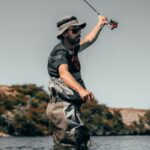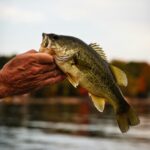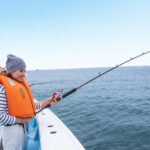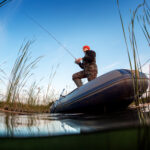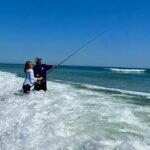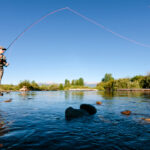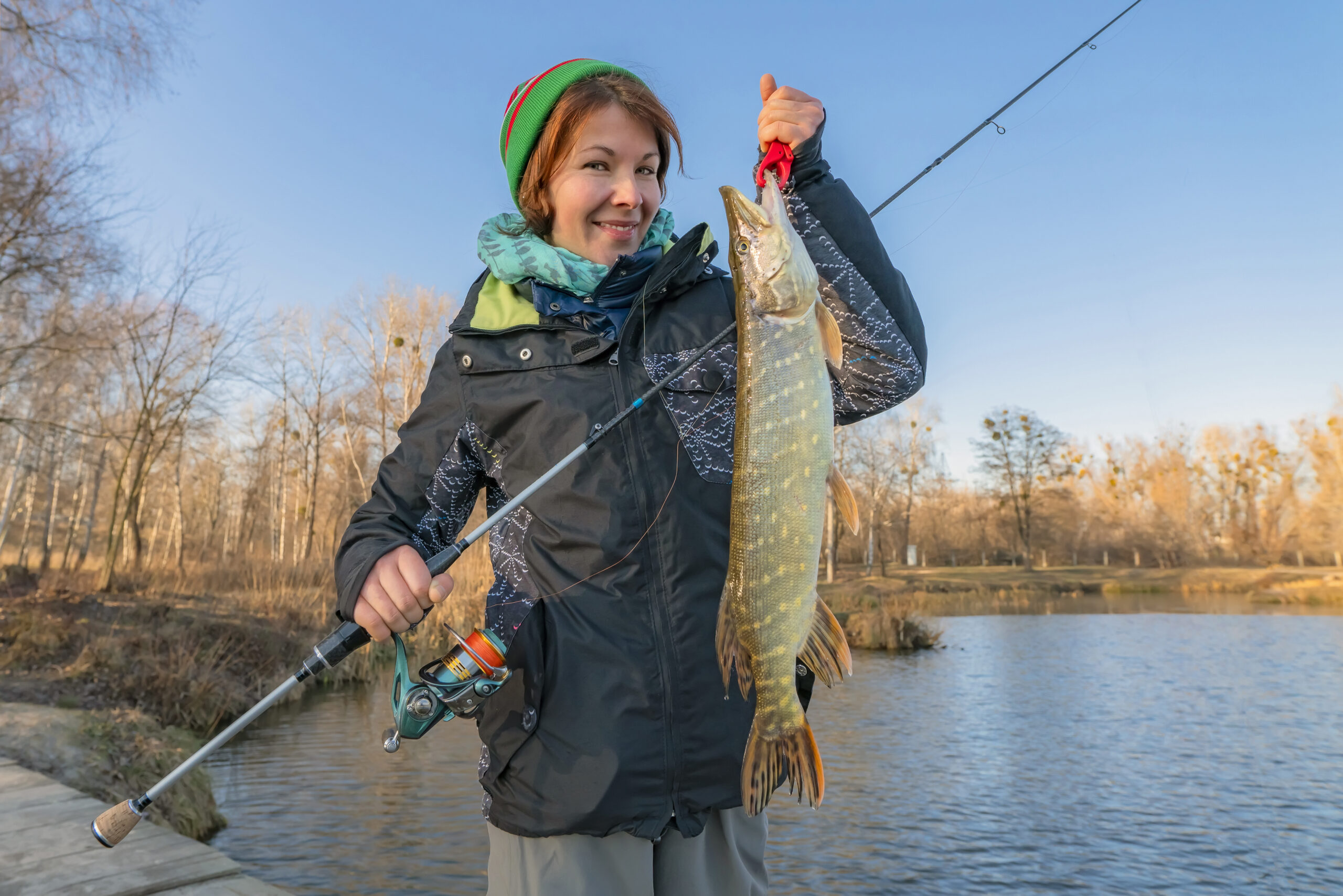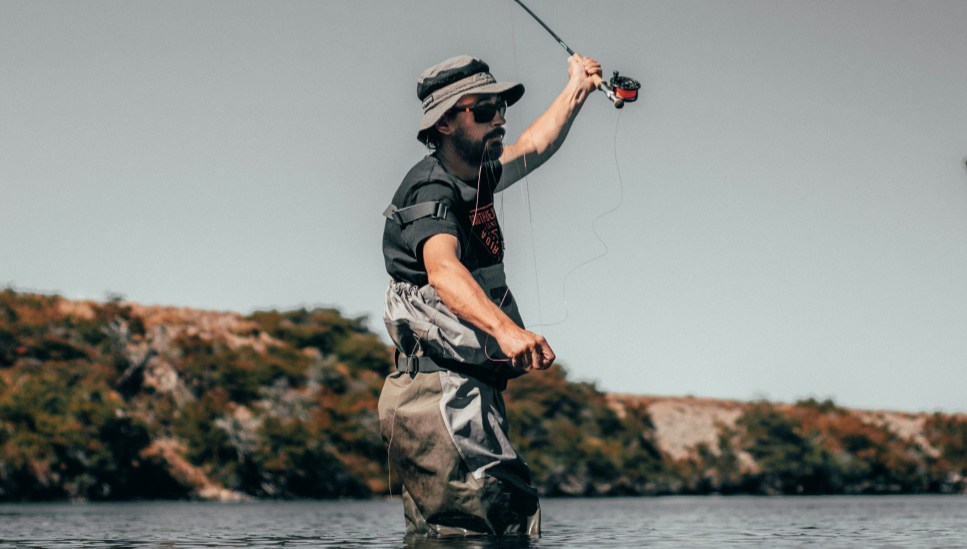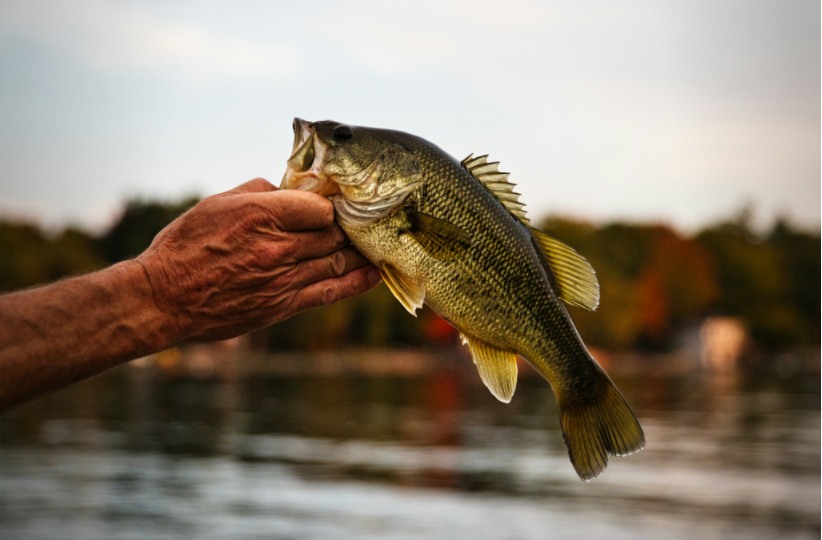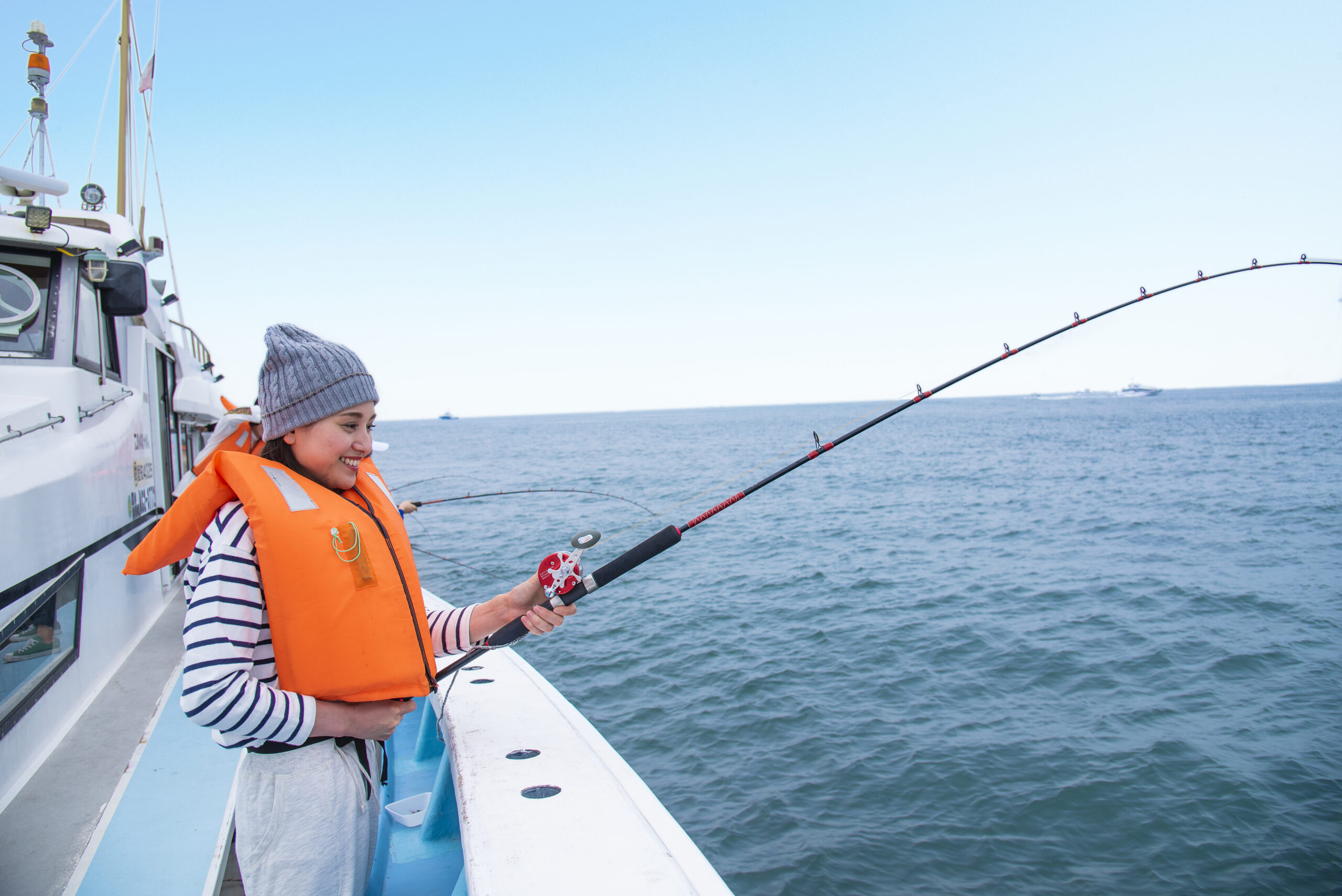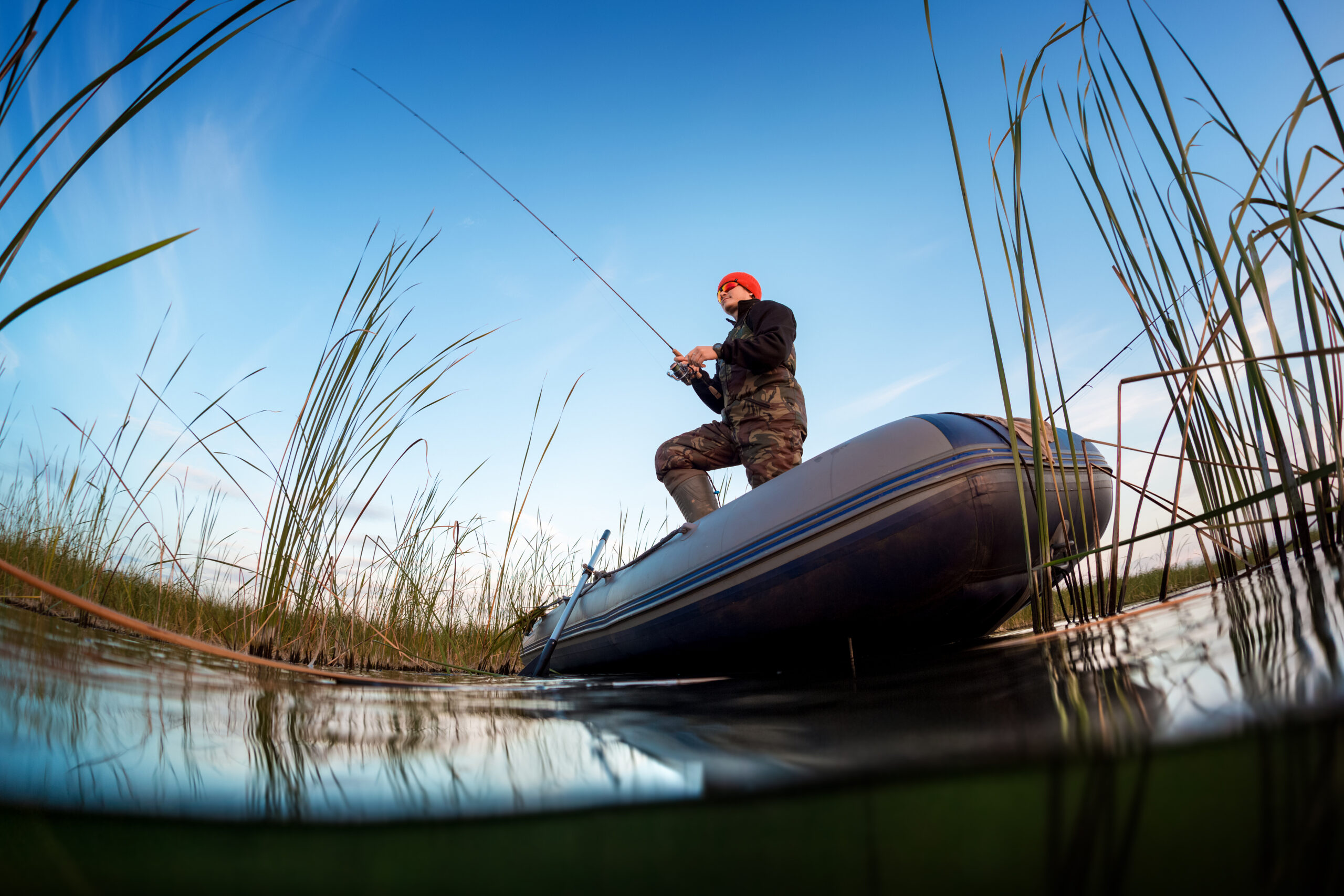As the chill of winter fades and the warmth of spring settles in, it’s time to grab your rod and hit the shoreline. Spring is one of the most productive seasons for shore fishing, as fish move into the shallows to feed and spawn. Unlike summer or fall, when fish tend to seek deeper waters, spring brings them close to the bank, making it an ideal time for shore anglers to land some big catches. Whether you’re targeting bass, catfish, trout, or panfish, understanding the seasonal behaviors and adjusting your techniques can make all the difference. In this guide, we’ll cover the best strategies, gear, and tips for catching big fish from the shore this spring.
Why Spring is Prime Time for Shore Fishing
Spring is a transitional period where fish are actively feeding and preparing to spawn. Rising water temperatures and increased daylight hours trigger a surge in fish activity, making them more accessible to shore anglers. Fish like bass, crappie, and bluegill move into the shallows, often near submerged structures, weed lines, and rocky outcrops. The abundance of baitfish and aquatic insects in these areas creates a feeding frenzy, giving anglers a prime opportunity to catch trophy-sized fish without needing a boat.
Key Factors That Make Spring Shore Fishing Productive:
- Warming Water Temperatures: Fish become more active as water temperatures climb into the ideal range for spawning and feeding.
- Pre-Spawn Feeding: Fish aggressively feed to build energy reserves before spawning, increasing your chances of landing a big one.
- Accessible Fish: Fish tend to congregate in shallow waters near the shore, making them easier to target with accurate casts.
- Weed Growth and Structure: New vegetation and underwater structures offer hiding spots for baitfish and attract predators.
Best Fish to Target from the Shore in Spring
Not all fish behave the same way in spring. Understanding the habits and preferences of different species will help you adjust your techniques and bait selection accordingly.
🎯 Largemouth Bass
- Where to Find Them: Bass tend to gather in shallow coves, near fallen logs, and along rocky banks during pre-spawn.
- Best Baits: Soft plastic worms, crankbaits, and jigs.
- Technique: Use a slow, steady retrieve to mimic injured baitfish. Work your bait along the bottom or near cover where bass are likely staging.
🎯 Smallmouth Bass
- Where to Find Them: Smallmouths prefer cooler, clear water with rocky bottoms and moderate current.
- Best Baits: Tube baits, jerkbaits, and spinnerbaits.
- Technique: Target areas with current breaks, rocky points, and ledges. Let your bait drop slowly to trigger strikes.
🎯 Crappie
- Where to Find Them: Crappie move into shallow waters near submerged trees and brush piles during spawning.
- Best Baits: Small jigs, live minnows, and soft plastics.
- Technique: Use a bobber and jig combination. Let the bait sit just above the structure and give it a subtle twitch.
🎯 Catfish
- Where to Find Them: Catfish are drawn to warm, muddy waters and areas with a slow current.
- Best Baits: Chicken liver, stink bait, and cut bait.
- Technique: Use a bottom rig with a heavy sinker. Let the bait sit and wait for the catfish to come to you.
🎯 Trout
- Where to Find Them: Trout prefer cool, oxygen-rich waters with gentle current or deep pools.
- Best Baits: PowerBait, worms, and small spinners.
- Technique: Use a lightweight rig and cast near inlets, where the current brings in food.
Top Shore Fishing Techniques for Spring
Fine-tuning your technique is key to capitalizing on the increased fish activity in spring. Here are some tried-and-true methods that work especially well from the shore:
✅ Fan Casting
Fan casting involves covering a wide area by casting in a semi-circle pattern. This allows you to locate active fish quickly and adjust your presentation based on how the fish respond.
- Start with long casts, working your bait back toward the shore.
- Vary your retrieval speed and depth until you find what triggers bites.
- If you don’t get a bite after several casts, move to a new spot.
✅ Fishing the Bottom
Many fish in spring are still holding close to the bottom, especially bass and catfish.
- Use jigs, Texas-rigged worms, or Carolina rigs to work along the bottom.
- Let the bait sit for a moment after it hits the bottom before twitching it slowly.
- If you feel resistance, set the hook quickly but steadily.
✅ Working the Edges
Fish often hold along the edge of structures, including weed lines, submerged logs, and rocky outcroppings.
- Cast parallel to the shoreline and retrieve your bait close to the structure.
- Focus on shaded areas and breaks in the current where fish may be ambushing prey.
- Be patient—fish may follow the bait before striking.
✅ Float Fishing
Float fishing is perfect for targeting crappie, trout, and bluegill in spring.
- Use a slip bobber and adjust the depth to where fish are holding.
- Let the bait drift naturally with the current.
- Watch for small twitches or movement in the bobber—set the hook quickly when it dips.
Best Shore Fishing Gear for Spring
Having the right gear will improve your success rate and make shore fishing more enjoyable.
- Rod and Reel: A 6’6″ to 7′ medium-action spinning rod is versatile enough for most spring species.
- Line: Use 6- to 12-pound test line for bass and trout, and heavier line for catfish and pike.
- Tackle: Bring a mix of soft plastics, crankbaits, jigs, and live bait to adjust to changing conditions.
- Footwear: Waterproof boots or waders will help you navigate wet or muddy banks.
- Landing Net: A long-handled net will make it easier to secure your catch.
Tips for a Successful Shore Fishing Trip
💡 Time Your Trip: Early morning and late afternoon are often the most productive times for spring fishing.
💡 Watch the Water Temperature: Fish tend to be more active when the water reaches 50°F to 60°F.
💡 Use Polarized Sunglasses: These help you see into the water and spot fish and structures more easily.
💡 Be Stealthy: Fish in shallow water are easily spooked, so move slowly and avoid loud noises.
💡 Keep Moving: If you’re not getting bites after 20–30 minutes, try a different spot or bait.
Conclusion
Spring shore fishing offers an exciting opportunity to target a variety of species as they move into the shallows to feed and spawn. By understanding fish behavior, adjusting your bait and techniques, and coming prepared with the right gear, you can maximize your chances of landing a trophy catch. Whether you’re targeting largemouth bass in a quiet cove or reeling in crappie near a brush pile, spring provides the perfect conditions for a successful day of shore fishing. So grab your rod, head to the bank, and get ready for an unforgettable spring fishing adventure!

